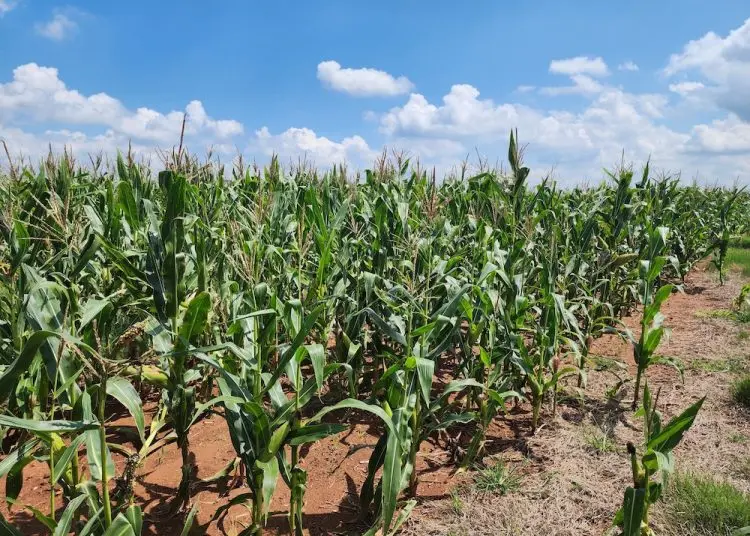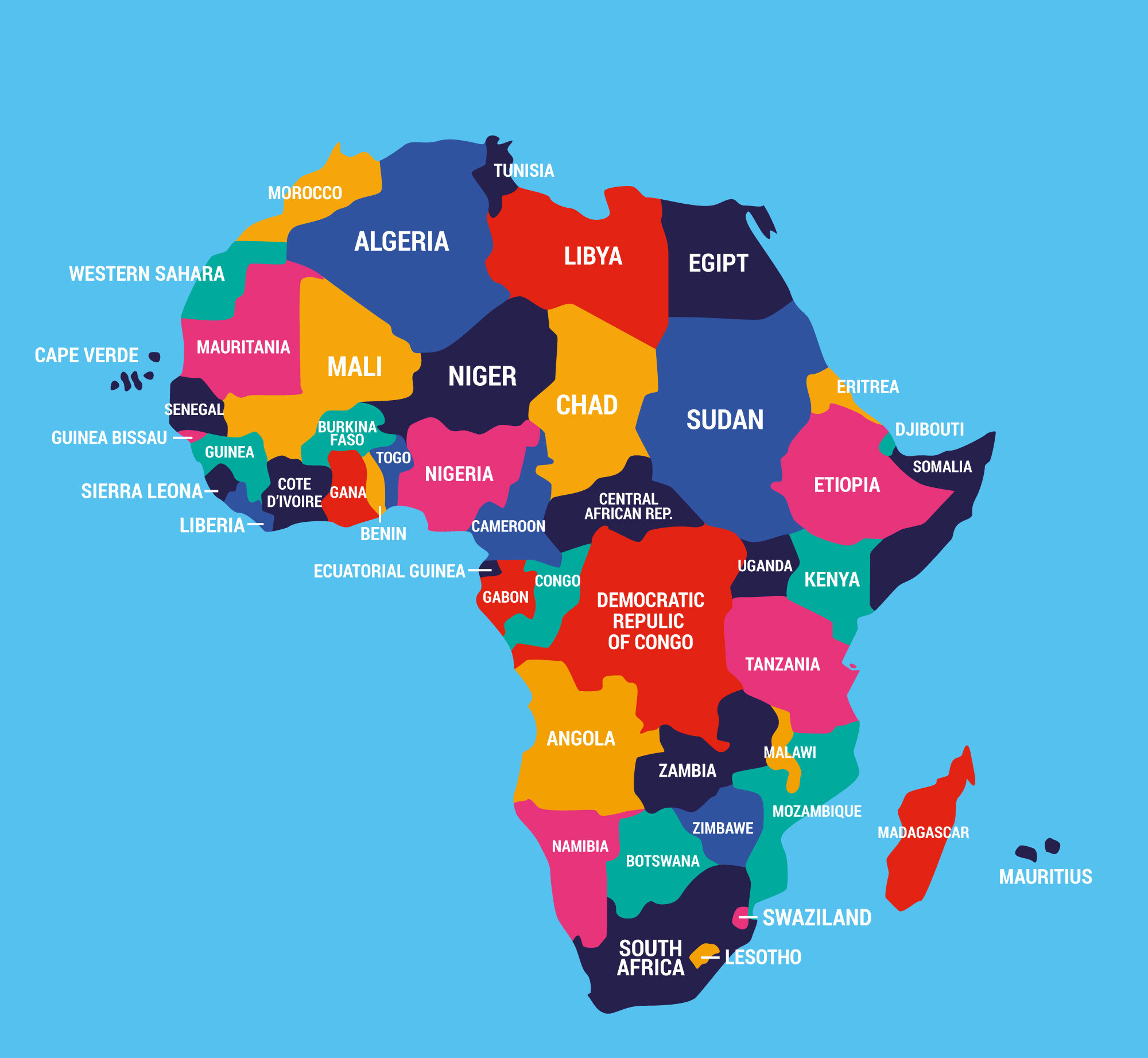An innovative early warning system powered by artificial intelligence is revolutionizing how African farmers combat aflatoxin contamination—a silent killer threatening both public health and economic prosperity across the continent.
For millions of African farmers, the invisible threat lurking in their maize fields has long been impossible to predict. Aflatoxin—a potent carcinogen produced by the Aspergillus flavus fungus—silently contaminates crops, causing devastating health consequences and costing the continent an estimated $670 million annually in lost grain trade. But a groundbreaking technological solution is changing the game.
The Aflatoxin risk Early Warning System (A-EWS), developed by the International Institute of Tropical Agriculture and partners through the CGIAR Scaling for Impact Program and Sustainable Farming Program, represents a paradigm shift in agricultural food safety. Using machine learning algorithms and satellite data, the system can predict and map contamination hotspots before harvest, giving farmers and policymakers the power to take preemptive action.
The Hidden Menace in Africa’s Staple Crop
Aflatoxin contamination is far more than an agricultural nuisance—it’s a public health crisis with far-reaching economic implications. The mycotoxin infiltrates staple crops including maize, groundnuts, and sorghum, causing severe health problems ranging from stunted growth in children and immune system suppression to liver cancer. The toxin has been classified by the International Agency for Research on Cancer as a class-1A human carcinogen.
The challenge has always been the fungus’s invisibility. Hidden in soils and developing inside crops without obvious external symptoms, aflatoxin contamination has been nearly impossible to predict at the farm level—until now.
“There is limited information on the spatial distribution of aflatoxin risk at the farm level, though it is of critical importance for guiding spatial targeting of appropriate management interventions,” explain the researchers behind A-EWS. This information gap has left farmers flying blind, unable to protect their crops or make informed decisions about which fields might be at risk.
How Artificial Intelligence Sees the Unseeable
The A-EWS tackles this problem through geospatial artificial intelligence, training machine learning models on an extensive dataset that integrates multiple sources of information. The system was built using 907 unique pre-harvest maize samples collected from farms across Kenya, Uganda, Malawi, and Tanzania between 2009 and 2022, combined with satellite-derived climate data and soil information.
By analyzing patterns in this data, the AI can forecast pre-harvest contamination risk zones with remarkable accuracy. The system then makes these predictions accessible through an interactive online dashboard, allowing stakeholders—from individual farmers to grain buyers and government officials—to visualize aflatoxin risk maps and make informed, data-driven decisions.
“Using these maps… we can finally make aflatoxin visible,” said Jane Kamau of IITA, highlighting how the technology empowers policymakers who may otherwise be unaware of local contamination risks.
From Blanket Solutions to Precision Agriculture
Perhaps the most significant advantage of the A-EWS is its ability to replace inefficient “blanket” recommendations with targeted, location-specific interventions. The East Africa Grain Council, a vital partner representing the regional grain sector, has endorsed the platform as a valuable tool for the grains industry.
The council emphasizes the system’s dual benefits: guiding grain buyers toward safer maize sources and generating precise advice on mitigation measures, such as the deployment of Aflasafe biocontrol products. Rather than treating entire regions uniformly, farmers and agricultural officials can now focus resources and interventions exactly where they’re needed most.
This precision approach is especially crucial given that meteorological conditions are the primary drivers of mycotoxin-producing fungi. With climate change creating more favorable conditions for aflatoxin development—including warmer and drier summers—the need for accurate predictive tools has never been more urgent.
A Model for Agricultural Innovation
The A-EWS represents more than just a technical achievement; it exemplifies how advanced technology and collaborative innovation can address longstanding agricultural challenges in developing regions. The system was showcased at the 11th African Grain Trade Summit in Zanzibar, where policymakers and grain industry leaders gathered to discuss the continent’s agricultural future.
The tool’s development also reflects broader trends in agricultural technology. Machine learning algorithms are increasingly being deployed in food safety domains, moving beyond traditional statistical models to systems that can learn from data inputs and make sophisticated forecasts. These AI approaches can handle irregular data and make predictions even when information about the entire growing season isn’t yet available—making them ideal for early warning purposes.
Real-World Impact and Future Prospects
The economic implications of effective aflatoxin management are substantial. With annual losses of $670 million across Africa, even modest improvements in detection and prevention could save hundreds of millions of dollars while protecting countless lives from cancer and other health complications.
For smallholder farmers—who form the backbone of African agriculture—the system offers hope for protecting their livelihoods. By identifying high-risk areas before contamination occurs, farmers can implement preventive measures, adjust harvesting strategies, or make informed decisions about crop marketing.
The technology also has implications for international trade. Aflatoxin contamination represents a major non-tariff trade barrier for agricultural products, disrupting regional and international commerce. More accurate prediction and management of contamination risks could help African countries maintain better access to export markets while ensuring domestic food safety.
Challenges and the Road Ahead
Despite its promise, the A-EWS faces challenges common to AI implementations in developing regions. Data scarcity remains an issue—the system requires continued collection of contamination samples and climate data to maintain and improve accuracy. Model generalization across different agricultural contexts and food matrices presents another technical hurdle.
There’s also the practical challenge of adoption. Making the technology accessible to smallholder farmers who may lack internet access or digital literacy requires thoughtful implementation strategies, possibly involving agricultural extension services and community-based information dissemination.
Researchers are also exploring complementary technologies. Other teams have developed low-cost, portable devices for detecting contaminated kernels using fluorescence-based methods, and smartphone-based diagnostics are emerging as potential field-level screening tools.
A New Era of Food Safety
The Aflatoxin risk Early Warning System stands as proof that cutting-edge technology can be harnessed to solve pressing challenges in resource-constrained environments. By making the “invisible enemy” visible, the system empowers African farmers, traders, and policymakers with the information they need to protect both public health and economic prosperity.
As climate change continues to alter agricultural conditions across Africa, such intelligent, data-driven approaches to food safety will become increasingly critical. The success of A-EWS could serve as a model for tackling other agricultural challenges—from pest management to drought prediction—demonstrating that with the right tools, African agriculture can not only adapt to a changing world but thrive in it.
For the millions who depend on maize as a staple food, and the farmers whose livelihoods hang in the balance, this technological breakthrough offers something invaluable: the power to see and combat a threat that has remained hidden for far too long.
The interactive A-EWS dashboard is accessible to stakeholders across East Africa, providing real-time risk assessments to inform agricultural decision-making and food safety interventions.




